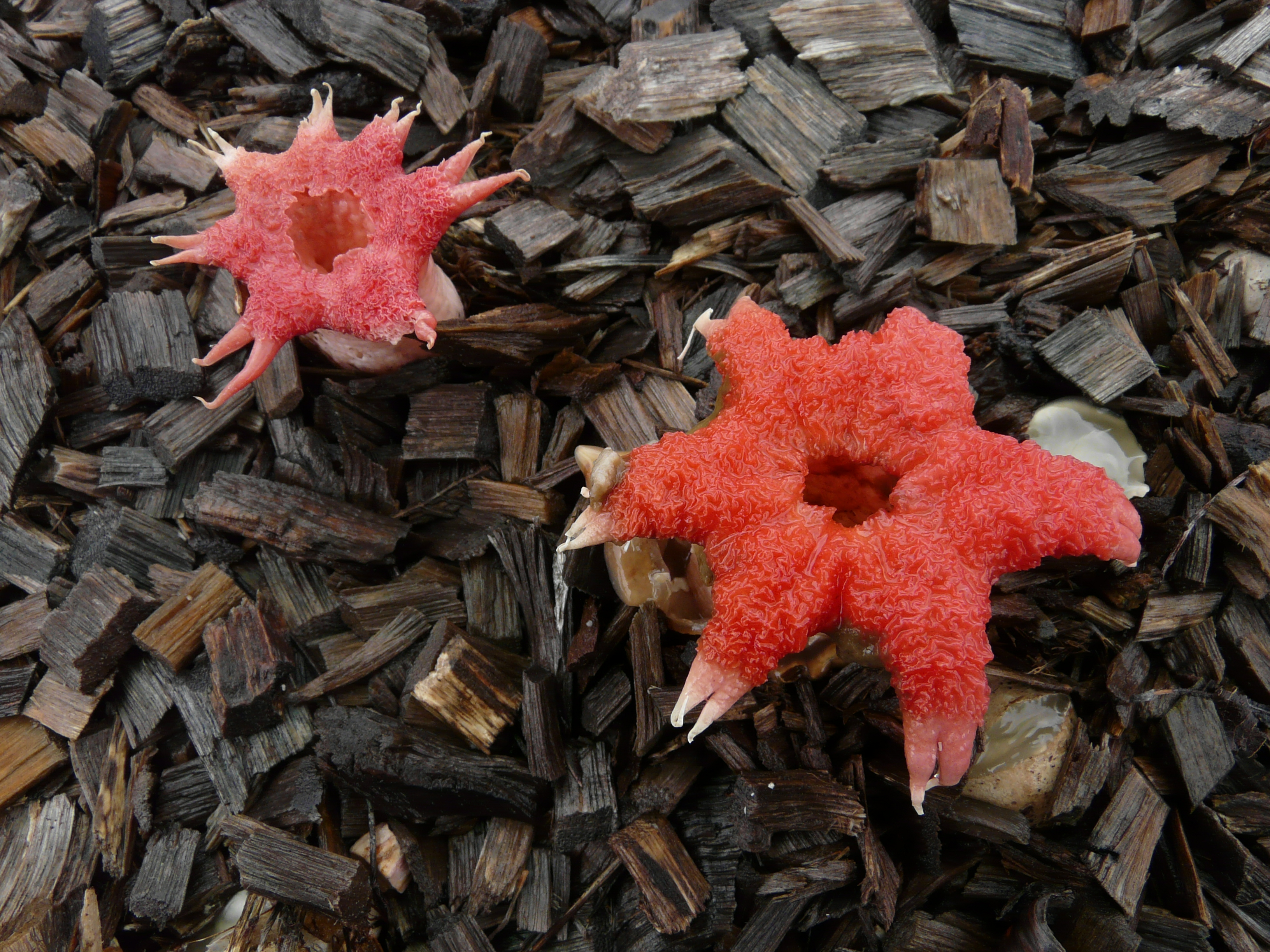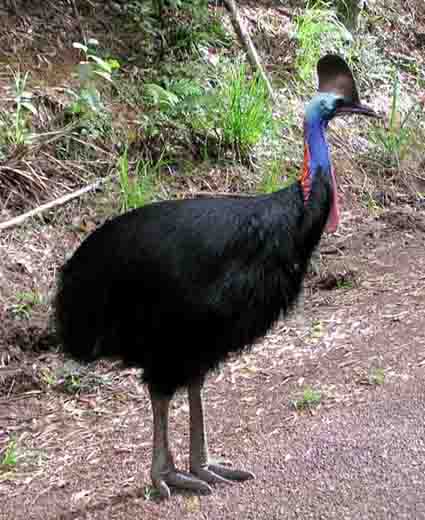While
I was visiting Australia, I had a chance to visit the Daintree Rainforest, near
Cairns in Queensland, Australia. I was lucky enough to trek through the forest
with local experts who provided me with the following facts of the rainforest.
 |
| Daintree Rainforest http://jennifermarohasy.com/2007/11/conservation-values-in-the-daintree/ |
The Daintree rainforest is characterized by heavy rainfall, between 98- 180 inches
of rainfall a year. The mean monthly temperature
exceeds 64 degrees Fahrenheit in all months of the year. The average humidity
exceeds 77%. The soil quality is poor in spite of the growth of vegetation
because bacterial decay. The concentration of minerals like iron and aluminum
oxides contribute to the poor quality of soil. Most tree roots are close to the
surface because there are not enough nutrients in the soil. The sunlight rarely
penetrates through heavy layers of vegetation to reach the rainforest floor.
 |
| Annual Rainfall/ Temperature http://daintree-and-amazon-comparison.wikispaces.com/file/view/eco_013.gif/344882848/637x422/eco_013.gif |
While
hiking through the rainforest, my guides pointed out different consumers,
producers, and decomposers.
The
main producers of the Daintree rainforest are plants. Due to the lack of
sunlight at the rainforest flower, plants compete to get sunlight in order to
survive. An example of a producer is the wait-a-while plant that has a series
of barbs that they use for climbing up other vegetation as well as snaring
unsuspecting bush walkers, it can be difficult to untangle yourself once caught.
Another example is the Fish Tail Palm which evolved with leaf tips to look like
they've been eaten by insects. The theory being that it appears less appetizing
if it looks as though something else has nibbled on it.
| Fish Tail Palm http://davesgarden.com/guides/articles/view/3006/ |
| Wait-a while Plant http://mollysaussieadventure.blogspot.com/2010/09/lamington-rainforest.html |
The
consumers of forest are animals like the green tree frog, Boyd’s rainforest dragons, and giant cockroaches. The Boyd’s rainforest dragons have evolved to
camouflage with trees and stay motionless, until it strikes its prey.
| Green Tree Frog http://www.alsipnursery.com/green-tree-frog-care |
| Boyd's Rainforest Dragons http://www.wettropics.gov.au/rainforest_explorer/Library/ImageLibrary/animals/Reptiles/reptilesindex.htm |
The
decomposers consist of fungi which feeds on decomposing remains of plants and
animals. Some decomposers are Gilled Fungi, Coral Fungi, and stinkhorn
mushrooms. An example of evolutionary adaptation, is the stinkhorn which
developed the smell of rotting flesh to avoid being eaten.
 |
| Stinkhorn Mushroom http://upload.wikimedia.org/wikipedia/commons/f/fd/Stinkhorn_Springbrook.jpg |
Humans
have had a negative impact on the Daintree Rainforest through heavy logging, agricultural clearance, and mining. The mining extracts minerals from the
rainforest. As a consequence of human impact over 120 local animal and plant
species are threatened. The Cassowary is a threatened species and there are
only 2,000 left.
 |
| Tropical Rainforest Main Locations http://www.enchantedlearning.com/subjects/rainforest/animals/Sampling.shtml |
 |
| Tropical Rainforest Biome Food Web https://endangeredspeciesbiomesprojects.wikispaces.com/file/view/TropicalRainforestFoodWeb.jpg/411469158/640x506/TropicalRainforestFoodWeb.jpg |
No comments:
Post a Comment